In this guide, we'll address your most important questions about choosing the right food for your cat.
We'll help you understand your cat's unique dietary needs, explore the different types of cat food, and learn how to read and interpret cat food labels.
By the end of this article, you'll have the knowledge and confidence to make the best decisions for your feline friend's nutrition and well-being.
As a cat owner, you want to ensure your feline friend is happy, healthy, and purring with contentment. But with a dizzying array of cat food options lining the shelves of your local pet store, it's easy to feel lost and overwhelmed.
Fear not, for we're here to help you navigate the cat food jungle and discover the perfect feast to keep your furry companion thriving.
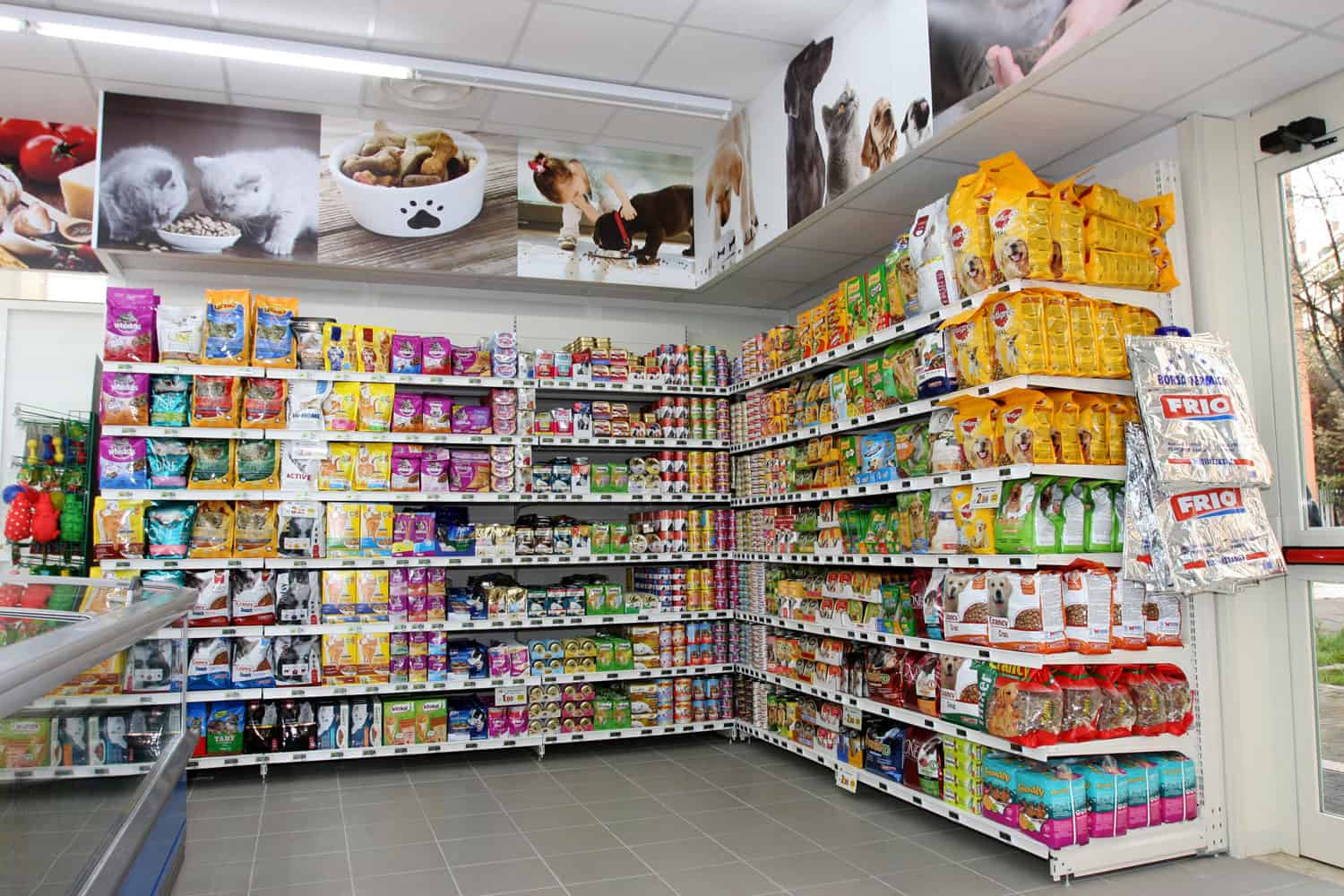
So, let's dive into the world of cat nutrition and discover how to keep your feline friend's whiskers twitching with delight!
The Challenge of Choosing the Right Cat Food
With so many brands and types of cat food available, choosing the right food for your cat can be overwhelming. However, providing your cat with a healthy and balanced diet is essential for their overall health and well-being.
When choosing cat food, consider your cat's age, lifestyle, and any specific dietary needs they may have.
Kittens require more calories for growth and development, while senior cats may need a diet that is lower in calories to maintain a healthy weight.
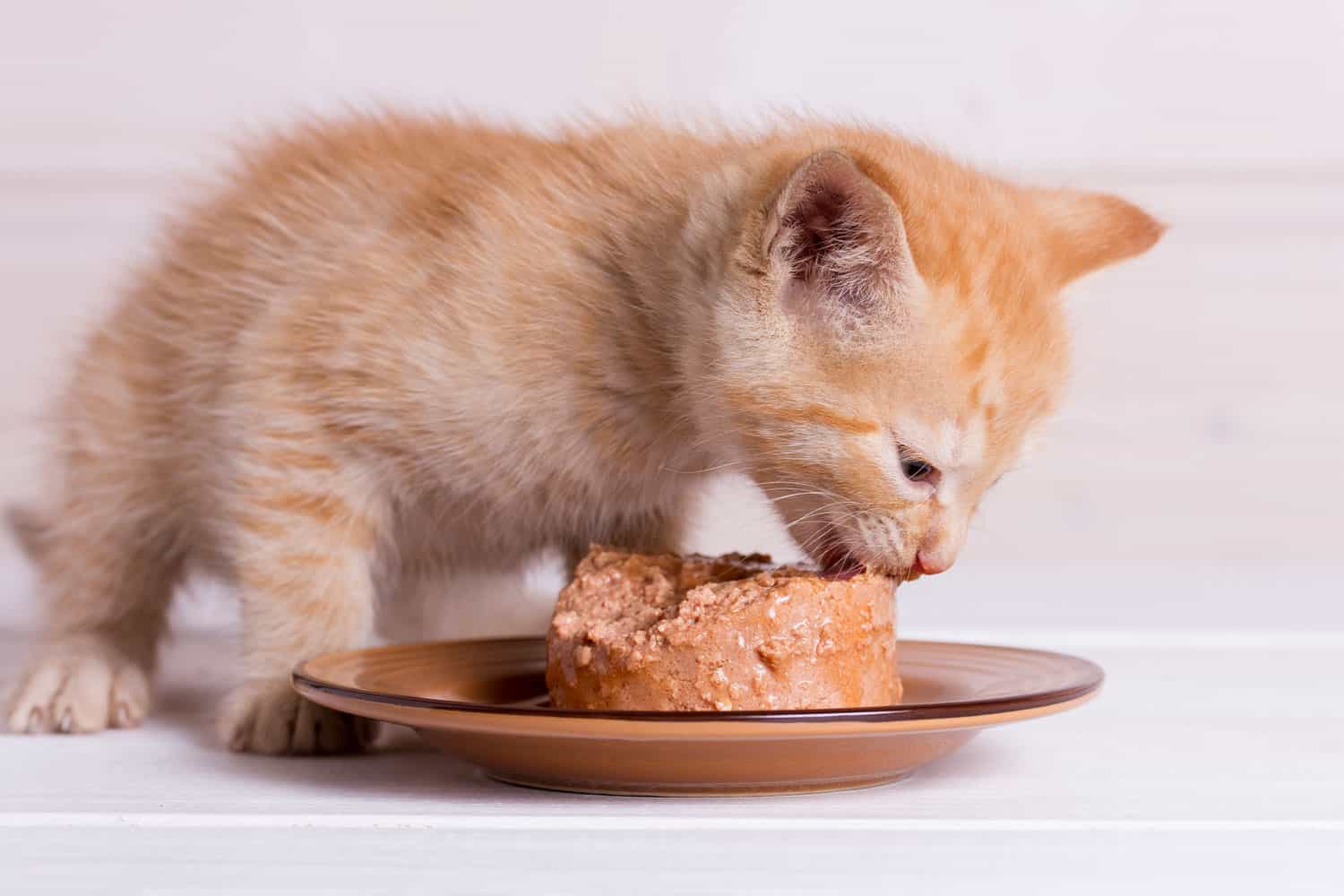
Additionally, cats with certain health conditions may require a specialized diet prescribed by a veterinarian.
Reading the nutrition label on cat food packaging is crucial in choosing the right food for your cat. Look for high-quality protein sources, such as chicken or fish, as well as essential nutrients like vitamins and minerals. Avoid cat food that contains fillers or artificial preservatives.
By taking the time to choose the right cat food, you can help ensure that your furry friend stays healthy and happy.
SIGN UP FOR THECATSITE'S EMAIL UPDATES >
Understanding Your Cat's Nutritional Needs
Feeding your cat a balanced and nutritious diet is crucial for their overall health and well-being.
Cats are obligate carnivores, which means they require a diet that is high in animal protein. Unlike dogs and humans, cats cannot produce certain essential nutrients on their own and must obtain them from their diet. These nutrients include taurine, arginine, and certain vitamins.
When choosing cat food, it's important to look for a product that meets the nutritional requirements set by the Association of American Feed Control Officials (AAFCO).
The AAFCO sets standards for pet food manufacturers to ensure their products are nutritionally complete and balanced.
Stages of life matter. As mentioned, kittens, for example, require more protein and calories than adult cats, while senior cats may require a diet that is lower in calories and fat to maintain a healthy weight.
Cats with certain health conditions may also require a specialized diet. For example, cats with urinary tract issues may benefit from a diet that is low in magnesium and promotes urinary tract health.
By understanding your cat's nutritional needs and choosing a high-quality, nutritionally complete food, you can help ensure that your feline friend is happy and healthy.
Types of Cat Food
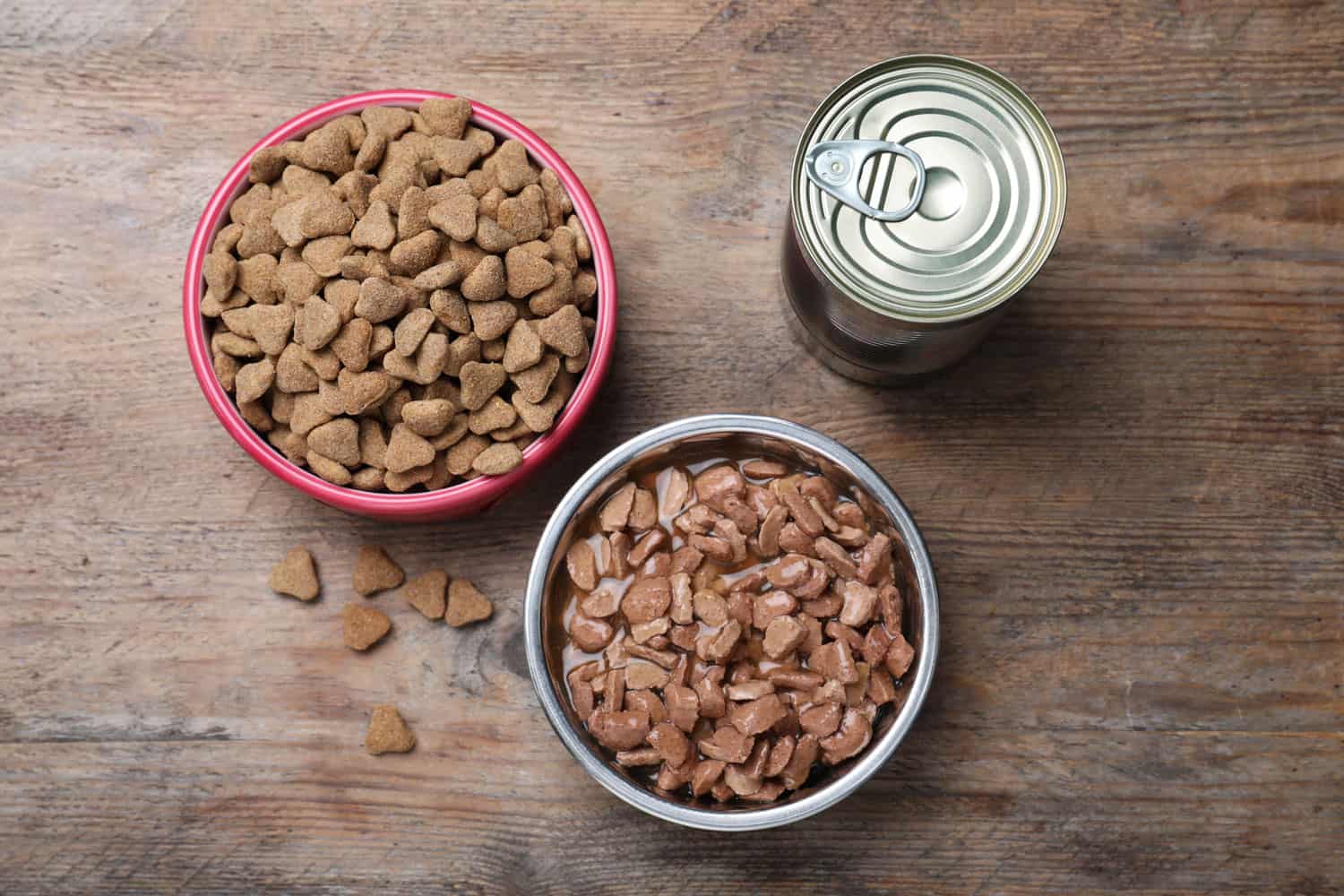
There are several types of cat food to consider, each with its own advantages and disadvantages.
Here are the most common types:
Dry Cat Food
Also known as kibble, dry cat food is a popular option because it is affordable, convenient, and has a long shelf life. However, it can be high in carbohydrates and low in moisture, which can lead to dehydration and urinary tract problems in some cats.
Look for high-quality dry cat food that contains real meat as the first ingredient and avoid brands that use fillers like corn and wheat.
Canned Cat Food
Canned cat food is a moist and flavorful option that can be more appealing to cats than dry food. It is also higher in moisture, which can help prevent urinary tract problems and dehydration. However, it is more expensive and has a shorter shelf life than dry food.
Look for canned cat food that contains high-quality protein sources like real meat and avoid brands that use by-products and fillers.
Semi-Moist Cat Food
Semi-moist cat food is a soft and chewy option that is often marketed as a treat.
However, it is high in sugar and salt, which can lead to health problems like obesity and high blood pressure. It also has a high water content, which can contribute to dental problems.
That's why it's best to avoid feeding your cat semi-moist cat food on a regular basis.
Raw Cat Food
Raw cat food is a controversial option that involves feeding cats a diet of raw meat, bones, and organs.
Proponents of raw cat food claim that it is more natural and nutritious than commercial cat food, but there are also risks associated with feeding cats raw meat, including bacterial infections and nutrient imbalances.
In fact, the American Veterinary Medical Association (AVMA) strongly advises against giving cats and dogs any animal-derived protein that hasn't undergone a pathogen-elimination process. This recommendation aims to protect the health of our pets as well as ourselves from potential illnesses.
If you choose to feed your cat raw food, make sure to consult with a veterinarian and follow proper food safety guidelines.
Dry vs. Wet Cat Food: Which to Choose
The two most common choices when it comes to feeding cats, are wet/canned and dry/kibble.
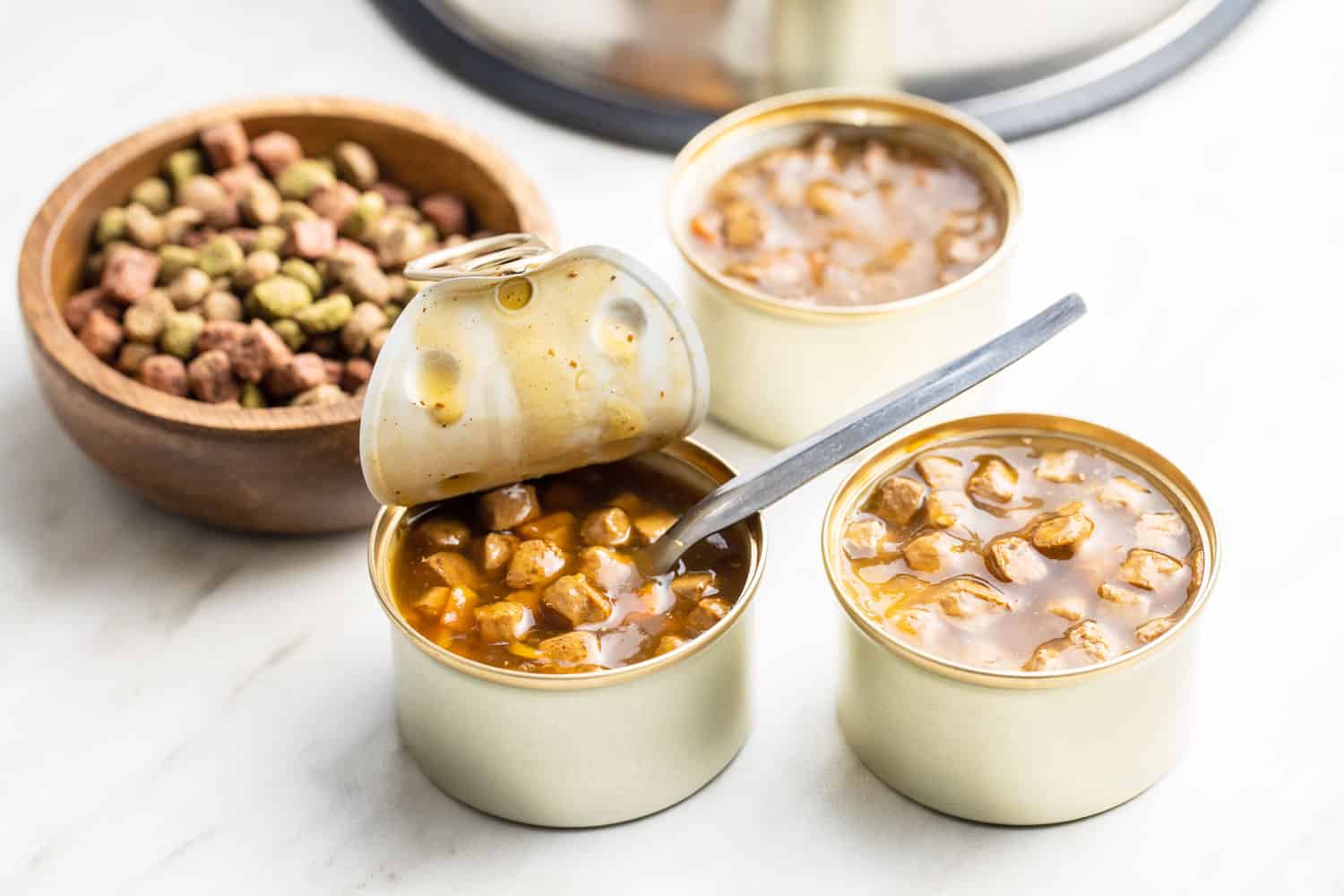
In this section, we will compare these options, discussing the pros and cons of each to help you make an informed decision for your cat. Remember, feeding a combination of dry and canned is just fine as well!
Wet/Canned Cat Food Pros
- Wet cat food has a higher moisture content, which can help prevent dehydration and promote urinary tract health, especially in cats prone to these issues.
- Many cats find wet food more appealing due to its aroma and texture, making it an excellent option for picky eaters.
- Canned cat food often contains more animal protein compared to dry food, which is essential for cats as obligate carnivores.
Wet/Canned Cat Food Cons
- Wet cat food is typically more expensive than dry food, which can be a concern for budget-conscious pet owners.
- Once opened, wet food must be refrigerated and consumed within a short period, leading to potential waste if not eaten promptly.
Dry/Kibble Cat Food Pros
- Dry cat food is easy to store, has a long shelf life, and can be left out for free-feeding without spoiling.
- Kibble is generally more affordable than wet cat food, making it a budget-friendly option for many cat owners.
Dry/Kibble Cat Food Cons
- Dry food has a lower moisture content, which may contribute to dehydration or urinary tract issues in some cats, especially if they don't drink enough water.
- Dry cat food often contains higher levels of carbohydrates, which can contribute to obesity and related health issues in cats.
- Some cats may not find dry food as appetizing as wet food, making it more challenging to feed picky eaters.
When choosing between wet and dry food, consider your cat's preferences and the benefits and drawbacks of each type. Wet food can provide more moisture and protein, while dry food can be more convenient and affordable. Mixing both types can be a good compromise.
To help you out, we've created this comparative table -
| Parameter | Wet/Canned Cat Food | Dry/Kibble Cat Food |
|---|---|---|
| Moisture Content | High moisture content, promoting urinary tract health and preventing dehydration | Lower moisture content may lead to dehydration or urinary tract issues |
| Nutritional Qualities | Typically higher in animal protein, which is essential for cats as obligate carnivores | Higher in carbohydrates, which can contribute to obesity and related health issues in cats |
| Cost | Usually more expensive than dry food | Generally more affordable than wet cat food |
| Palatability | More appealing aroma and texture, making it an excellent option for picky eaters | Some cats may not find dry food as appetizing as wet food, making it more challenging to feed picky eaters. |
| Convenience | Once opened, must be refrigerated and consumed within a short period, leading to potential waste if not eaten promptly. | Easy to store, has a long shelf life and can be left out for free-feeding without spoiling. |
Reading Cat Food Labels
Reading cat food labels is crucial in selecting the right food for your feline friend.
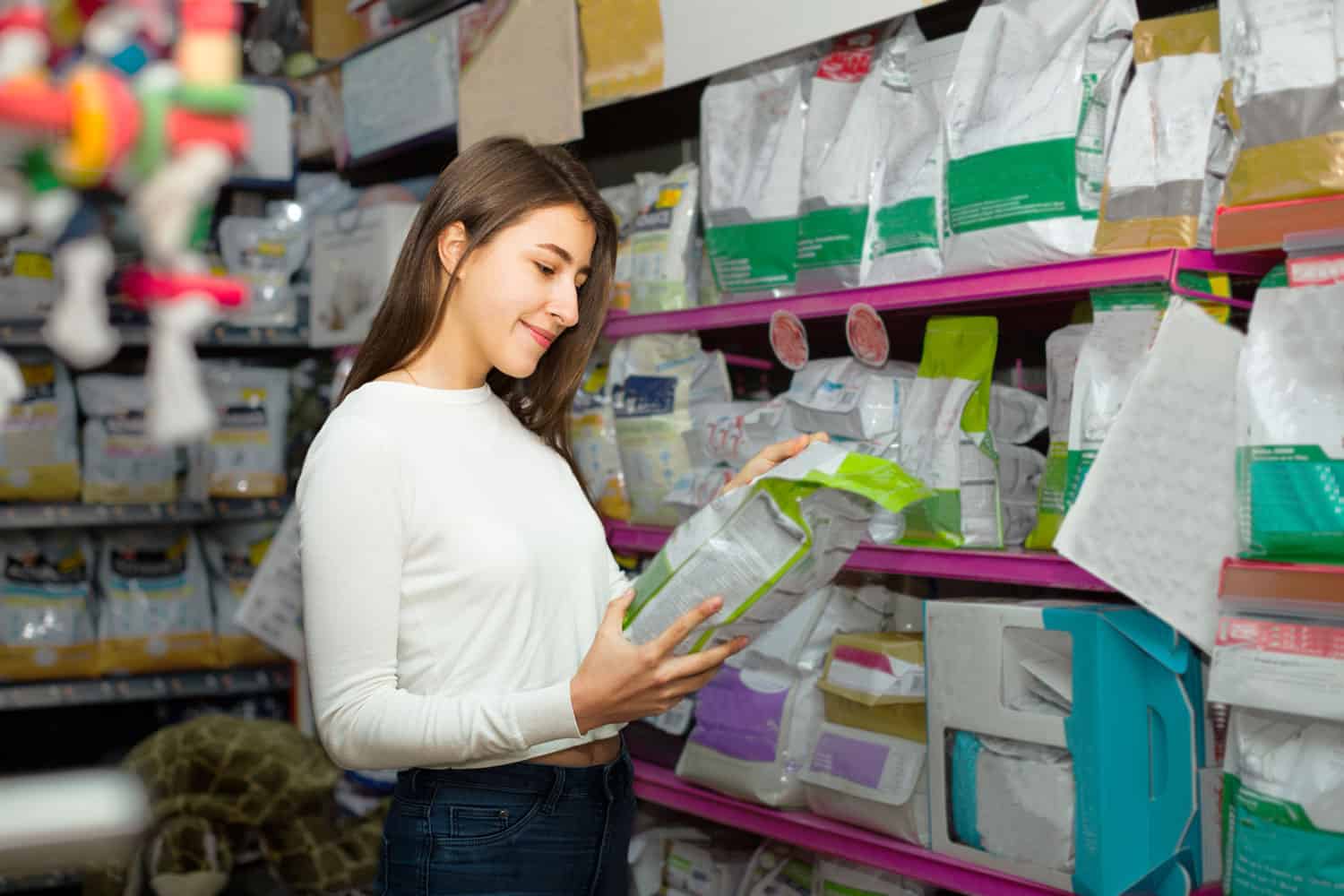
The labels provide valuable information about the ingredients and nutritional content of the food.
Here are some tips on how to read cat food labels:
Look for a statement of nutritional adequacy
This statement indicates that the food meets the minimum nutritional requirements set by the Association of American Feed Control Officials (AAFCO). Make sure the statement specifies that the food is complete and balanced for your cat's life stage.
Check the ingredients list
Ingredients are listed in descending order by weight. Look for high-quality protein sources, such as chicken or fish, as the first ingredients.
What about by-products?
While it's true that the quality of by-products can vary, when sourced from USDA-inspected facilities and reputable pet food manufacturers, they can offer an ecological, useful, and affordable way to include animal-based protein in your cat's diet.
These by-products are superior to many plant-based fillers that may not provide the necessary nutrients for an obligate carnivore like a cat. By-products in cat food should not be considered inherently bad.
Instead, it's essential to focus on the overall quality and composition of the cat food and choose products from reputable manufacturers to ensure your cat receives a balanced and nutritious diet.
Read more about by-products in cat food
Check the guaranteed analysis
This section lists the minimum and maximum levels of protein, fat, fiber, and moisture in the food. Make sure the levels meet your cat's nutritional needs.
Avoid artificial additives
Artificial colors and flavors may not provide any nutritional benefits for cats and are often added to make the food more visually appealing to the pet owner or to enhance the taste. Some studies suggest that certain artificial additives could potentially cause adverse reactions or health issues in cats, although definitive evidence is limited.
Preservatives, on the other hand, play a crucial role in maintaining the freshness and safety of pet food. However, some artificial preservatives have been linked to health concerns. Natural preservatives, such as vitamin E (tocopherols) or vitamin C (ascorbic acid), can be safer alternatives.
While it is generally advisable to avoid cat foods that contain artificial colors, flavors, or preservatives, it's essential to strike a balance between food safety, shelf life, and the nutritional needs of the cat.
Should you look for grain-free cat food?
Grain-free cat food has become increasingly popular among pet owners, driven by concerns over grain allergies and the belief that grains are unnecessary in a cat's diet.
But is grain-free cat food the right choice for your feline companion?
Cats are obligate carnivores, which means their diet should be primarily animal-based protein. However, this doesn't imply that grains are inherently harmful.
In fact, some grains can be a source of essential nutrients like fiber, vitamins, and minerals, contributing to a balanced diet for your cat.
The primary concern with grain-containing cat food arises when grains are used as cheap fillers, displacing high-quality protein sources. The concern is legitimate. However, you should focus on the quality and proportion of ingredients in your cat's food rather than merely seeking a grain-free label.
For some cats with specific food sensitivities or allergies, grain-free cat food might be a suitable option. Just keep in mind that allergies to grains are relatively rare in cats, and protein sources like chicken, beef, or fish are more common allergens.
Choosing the Right Cat Food
Choosing the right cat food is crucial for your cat's health and well-being.
Let's recap some tips -
- Read the label: The nutrition label on food packaging is the best way to compare cat foods. Look for a food that has a high percentage of animal protein and a low percentage of carbohydrates.
- Consider your cat's life stage: Cats have different nutritional needs depending on their age and activity level. Look for a food that is specifically formulated for your cat's life stage.
- Ask your vet: Your veterinarian can provide valuable advice on choosing the right cat food for your pet.
- Ignore the hype: Pet food manufacturers often make claims about their products, such as "grain-free" or "natural." It's important to read the ingredients list to ensure the food is actually healthy for your cat.
By following these tips, you can make an informed decision when choosing the right cat food for your pet.
Consult with your veterinarian before making significant changes to your cat's diet, especially if your cat has any health issues or is on medication. Your veterinarian can provide personalized recommendations and help you make informed decisions about your cat's nutrition.
With the right food and care, your cat can live a healthy and happy life. Follow the tips and guidelines outlined in this article to ensure that your cat is getting the nutrition they need to thrive.
Comments? Leave them using the form below. Questions? Please use the cat forums for those!
SIGN UP FOR THECATSITE'S EMAIL UPDATES >
We'd like to thank OpenAI's ChatGPT for lending a helping paw in the creation of this article.
Note: We may get commissions for purchases made through links on this page.

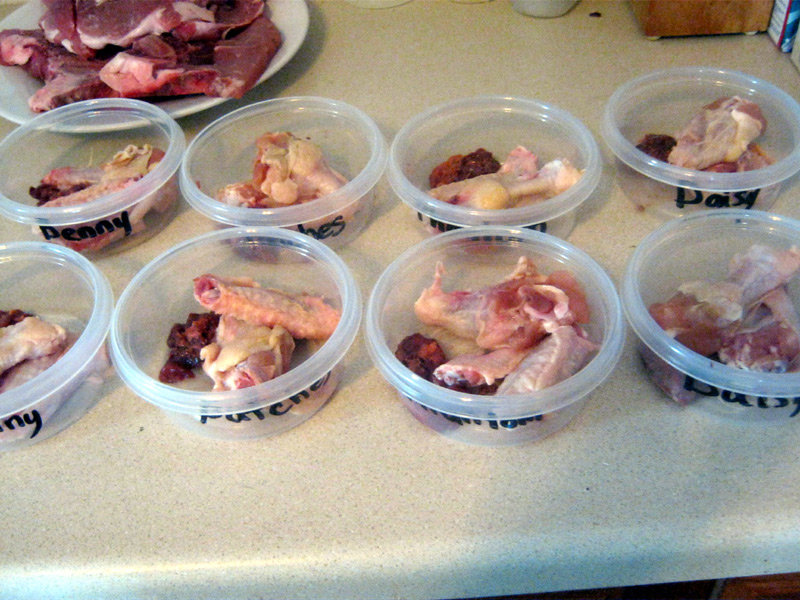
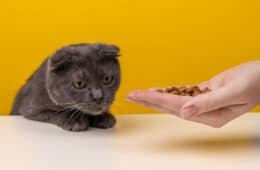
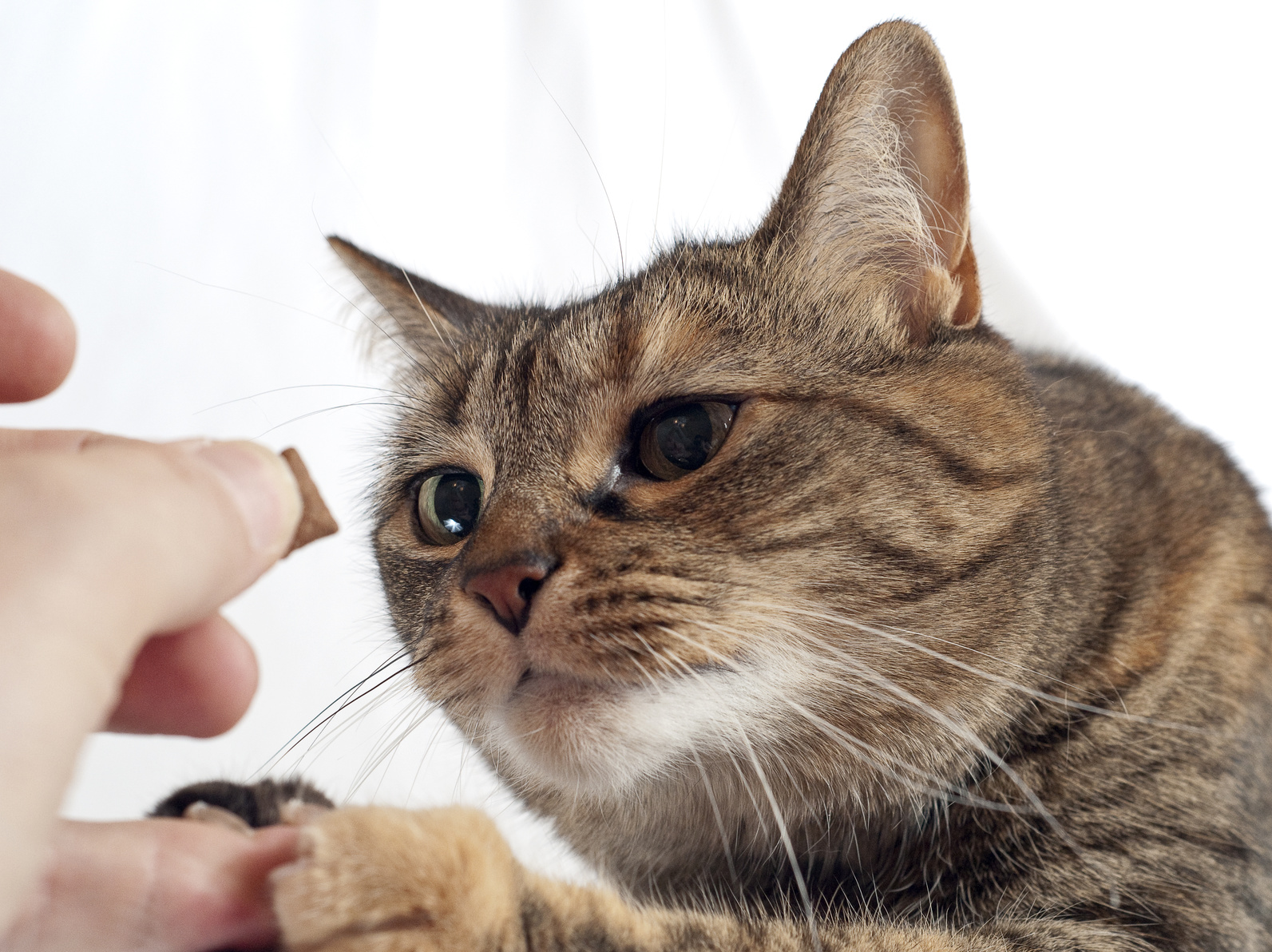
21 comments on “How To Choose The Right Food For Your Cat”